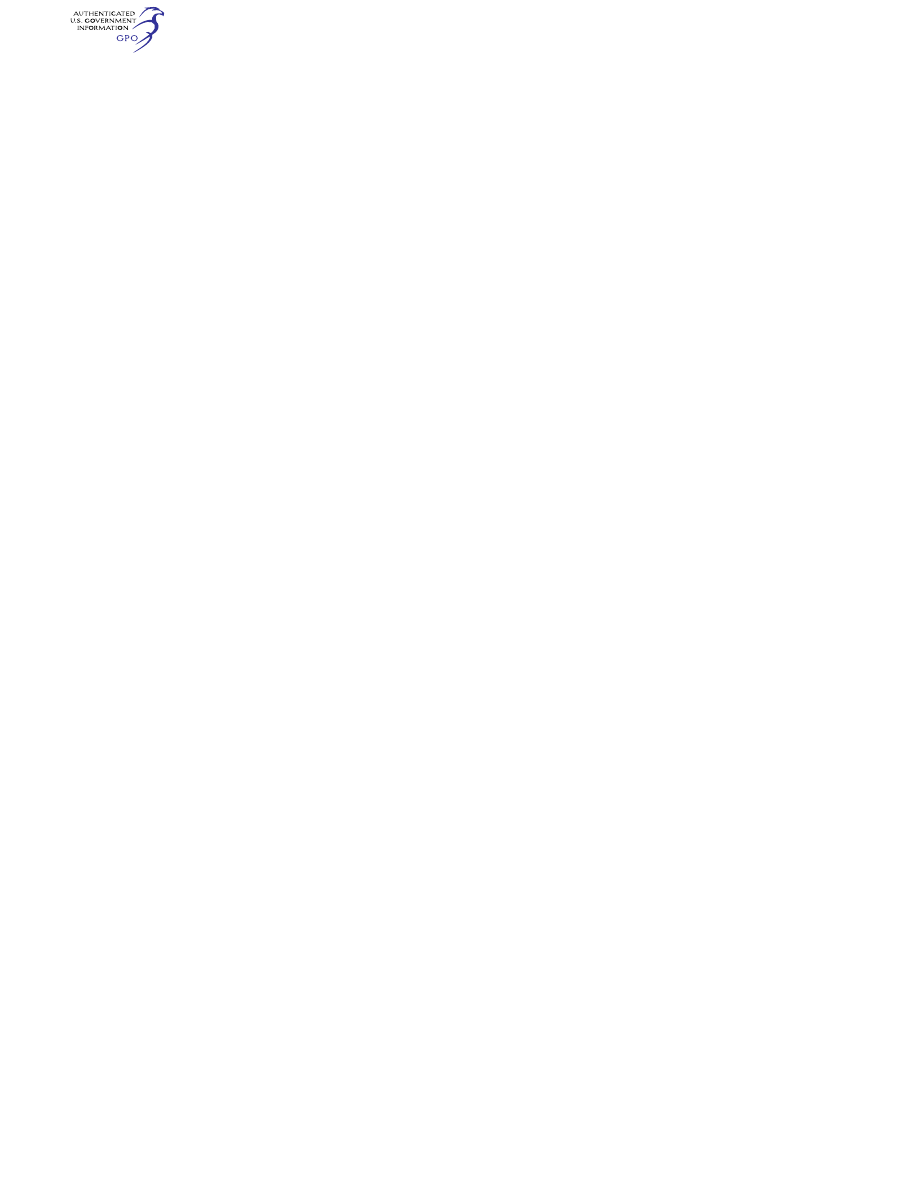
702
14 CFR Ch. I (1–1–24 Edition)
§ 33.17
(b) Conform to approved specifica-
tions (such as industry or military
specifications) that ensure their having
the strength and other properties as-
sumed in the design data.
(Secs. 313(a), 601, and 603, 72 Stat. 759, 775, 49
U.S.C. 1354(a), 1421, and 1423; sec. 6(c), 49
U.S.C. 1655(c))
[Amdt. 33–8, 42 FR 15047, Mar. 17, 1977, as
amended by Amdt. 33–10, 49 FR 6850, Feb. 23,
1984]
§ 33.17
Fire protection.
(a) The design and construction of
the engine and the materials used must
minimize the probability of the occur-
rence and spread of fire during normal
operation and failure conditions, and
must minimize the effect of such a fire.
In addition, the design and construc-
tion of turbine engines must minimize
the probability of the occurrence of an
internal fire that could result in struc-
tural failure or other hazardous effects.
(b) Except as provided in paragraph
(c) of this section, each external line,
fitting, and other component, which
contains or conveys flammable fluid
during normal engine operation, must
be fire resistant or fireproof, as deter-
mined by the Administrator. Compo-
nents must be shielded or located to
safeguard against the ignition of leak-
ing flammable fluid.
(c) A tank, which contains flammable
fluids and any associated shut-off
means and supports, which are part of
and attached to the engine, must be
fireproof either by construction or by
protection unless damage by fire will
not cause leakage or spillage of a haz-
ardous quantity of flammable fluid.
For a reciprocating engine having an
integral oil sump of less than 23.7 liters
capacity, the oil sump need not be fire-
proof or enclosed by a fireproof shield.
(d) An engine component designed,
constructed, and installed to act as a
firewall must be:
(1) Fireproof;
(2) Constructed so that no hazardous
quantity of air, fluid or flame can pass
around or through the firewall; and,
(3) Protected against corrosion;
(e) In addition to the requirements of
paragraphs (a) and (b) of this section,
engine control system components that
are located in a designated fire zone
must be fire resistant or fireproof, as
determined by the Administrator.
(f) Unintentional accumulation of
hazardous quantities of flammable
fluid within the engine must be pre-
vented by draining and venting.
(g) Any components, modules, or
equipment, which are susceptible to or
are potential sources of static dis-
charges or electrical fault currents
must be designed and constructed to be
properly grounded to the engine ref-
erence, to minimize the risk of ignition
in external areas where flammable
fluids or vapors could be present.
[Doc. No. FAA–2007–28503, 74 FR 37930, July
30, 2009]
§ 33.19
Durability.
(a) Engine design and construction
must minimize the development of an
unsafe condition of the engine between
overhaul periods. The design of the
compressor and turbine rotor cases
must provide for the containment of
damage from rotor blade failure. En-
ergy levels and trajectories of frag-
ments resulting from rotor blade fail-
ure that lie outside the compressor and
turbine rotor cases must be defined.
(b) Each component of the propeller
blade pitch control system which is a
part of the engine type design must
meet the requirements of §§ 35.21, 35.23,
35.42 and 35.43 of this chapter.
[Doc. No. 3025, 29 FR 7453, June 10, 1964, as
amended by Amdt. 33–9, 45 FR 60181, Sept. 11,
1980; Amdt. 33–10, 49 FR 6851, Feb. 23, 1984;
Amdt. 33–28, 73 FR 63346, Oct. 24, 2008]
§ 33.21
Engine cooling.
Engine design and construction must
provide the necessary cooling under
conditions in which the airplane is ex-
pected to operate.
§ 33.23
Engine mounting attachments
and structure.
(a) The maximum allowable limit
and ultimate loads for engine mount-
ing attachments and related engine
structure must be specified.
(b) The engine mounting attach-
ments and related engine structure
must be able to withstand—
(1) The specified limit loads without
permanent deformation; and
VerDate Sep<11>2014
09:06 Jun 28, 2024
Jkt 262046
PO 00000
Frm 00712
Fmt 8010
Sfmt 8010
Y:\SGML\262046.XXX
262046
jspears on DSK121TN23PROD with CFR
